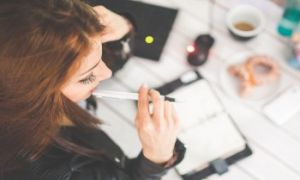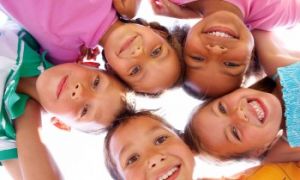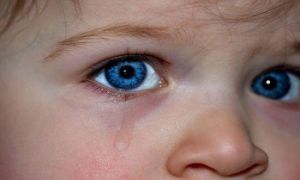Since the first few years are when the brain is developing most rapidly, it makes sense to incorporate STEM concepts, skills and dispositions in early childhood education. Here are a few examples of learning experiences that introduce Science, Technology, Engineering and Mathematics through fun and engaging activities.
Use Open-Ended Materials
It is an unfortunate misconception that STEM activities need highly complex, expensive and store-bought games or tools. On the contrary, open-ended materials are great for STEM experiences as they offer children more than one way to play. Thus a jigsaw puzzle can be fitted together in only one way to make only one picture but blocks, beads, sticks, ribbons, stones and rings among others offer learners infinite possibilities for play. Children can use loose parts and other open-ended objects to line up, scatter, carry, knockabout, take apart, put together and redesign in myriad ways. Likewise, natural elements like water, sand, clay, dry leaves and pebbles can be arranged and rearranged in countless patterns. However, educators should ensure that such materials should promote sustained enquiry and discovery. For example, if a child shows particular interest in leaves, call attention to different patterns and arrangements of petals on flowers to introduce design and numeracy or use sorter blocks to extend discussions on shape and volume.
Combine Stories
Contrary to popular opinion STEM and stories are not mutually exclusive – instead each can use the other to facilitate holistic learning. Some of the most impactful STEM experiences unleash the power of narratives to initiate the inquiry process and extend it to engaging with learning concepts. Educators can start the process by engaging children with popular stories like the Three Little Pigs or The Gingerbread Man. Once they are sufficiently interested, the educator can ask children to think of ways that the Gingerbread Man can cross the water safely and then make available tools for children to design their plans. Similarly the story of Three Little Pigs can used to identify different materials and consider what properties they have and how this suits them for different purposes. Such stories will encourage children to follow an “engineering design approach” besides practising cognitive skills like planning, hypothesis testing, problem-solving that are part of multi-step thinking projects.
Connect To The Real World
Plan STEM experiences that help children connect to real world skills and settings. For example educators can simulate grocery shopping to teach the basics of counting and calculating. Similarly let kids have fun making and tasting sorbet which can then be used to introduce different states of matter for water or the concept of heat and temperature
Here are more strategies for implementing STEM: Introducing STEM To Children In Early Childhood Settings
References:
STEM:More Than An Acronym, Belonging Early Years


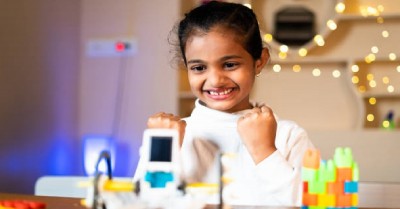
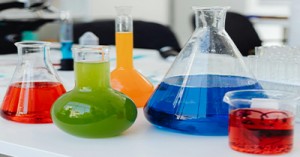
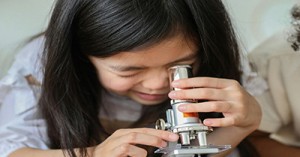


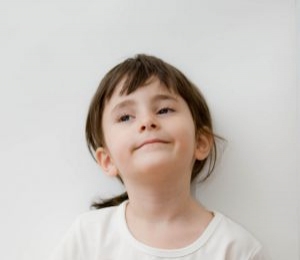 Open ended questions cannot be responded to with one word answers such as yes or no. These types of questions enables a child to provide
Open ended questions cannot be responded to with one word answers such as yes or no. These types of questions enables a child to provide During your child’s preschool years, an important milestone begins to emerge. This is the development of pre-writing skills. Pre-writing skills are used to encourage, develop
During your child’s preschool years, an important milestone begins to emerge. This is the development of pre-writing skills. Pre-writing skills are used to encourage, develop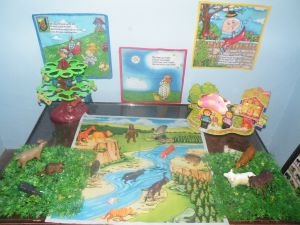 Open ended materials enables children to play freely. They are objects that have no rules to follow, use or function. Raw materials that can be
Open ended materials enables children to play freely. They are objects that have no rules to follow, use or function. Raw materials that can be An Acknowledgment of the Country is a way of showing respect for the Traditional Owners and can be given by both non-Indigenous people and Aboriginal
An Acknowledgment of the Country is a way of showing respect for the Traditional Owners and can be given by both non-Indigenous people and Aboriginal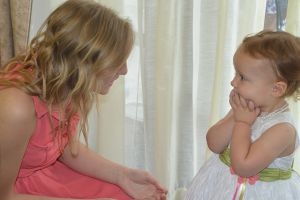 Language plays an important role in a child’s development. It enables a child to communicate effectively with their family, learn at school, socialize with friends,
Language plays an important role in a child’s development. It enables a child to communicate effectively with their family, learn at school, socialize with friends, Like adults, children have to deal with their own stress in life. Moving house, starting a new school, preparing for a new sibling - these are
Like adults, children have to deal with their own stress in life. Moving house, starting a new school, preparing for a new sibling - these are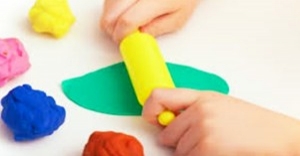 Playdough is such a versatile material. It provides numerous benefits to children as they manipulate it, it is safe and soothing and provides children with
Playdough is such a versatile material. It provides numerous benefits to children as they manipulate it, it is safe and soothing and provides children with Teaching children about sustainability enables them to appreciate and respect the natural environment. Early childhood services can provide meaningful hand on learning experiences in order
Teaching children about sustainability enables them to appreciate and respect the natural environment. Early childhood services can provide meaningful hand on learning experiences in order Recycling is an important concept that teaches children to care for the environment. It encourages children to be responsible and show a growing appreciating for
Recycling is an important concept that teaches children to care for the environment. It encourages children to be responsible and show a growing appreciating for When children apply paint to paper, glue things together, or pound a lump of clay, they experiment with colour, shape design and texture.
When children apply paint to paper, glue things together, or pound a lump of clay, they experiment with colour, shape design and texture.
